The ZV-E1 is the latest addition in the Sony E-mount full frame family. It shares high-end specifications with the more expensive A7S III, but presents itself as a more affordable and smaller package.
In this comparison preview, we look at the main differences between these two products. But first, we have an important list of the things they have in common:
- 12MP Quad Bayer BSI full frame sensor
- 80-102,400 ISO (40-409,600 with extended range)
- 4K 60p with no sensor crop, 4K 120p with a small 1.1x crop*
- 10-bit 4:2:2 internal recording with S-Log2, S-Log3 and S-Cinetone
- 10fps maximum drive speed (Buffer: 1,000+ JPG or compressed RAW)
*Note: 4K 120p and Full HD 240p will be available on the ZV-E1 in June 2023 with a software update. More information is available on the Sony website.
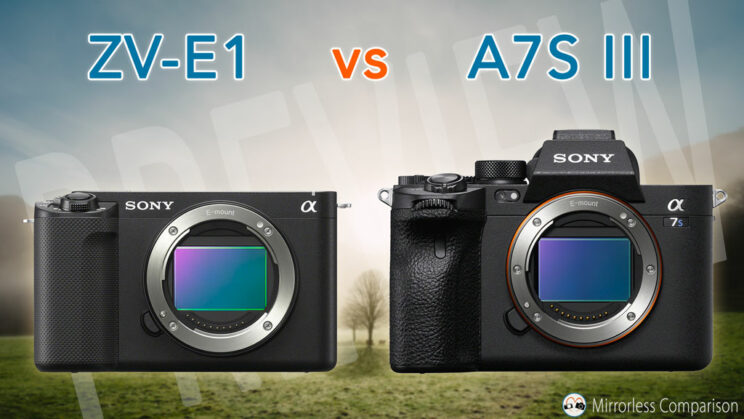
ZV-E1 vs A7 IV
ZV-E1 vs A7S III
Ethics statement: the following is based on official specs and our experience with Sony E-mount cameras. We were not asked to write anything about this product, nor were we provided any compensation of any kind. Within the article, there are affiliate links. If you buy something after clicking one of these links, we will receive a small commission. To know more about our ethics, you can visit our full disclosure page. Thank you!
1. Viewfinder
There are a lot of differences between these two cameras, but let’s start with one that is simple yet very important: the ZV-E1 doesn’t have a viewfinder, only the rear LCD monitor.
The A7S III has an electronic viewfinder, and it’s one of the best you can find on the market with stunning resolution (9.44M dots), a large magnification (0.9x) and a long eyepoint (25mm). The refresh rate goes up to 120fps.
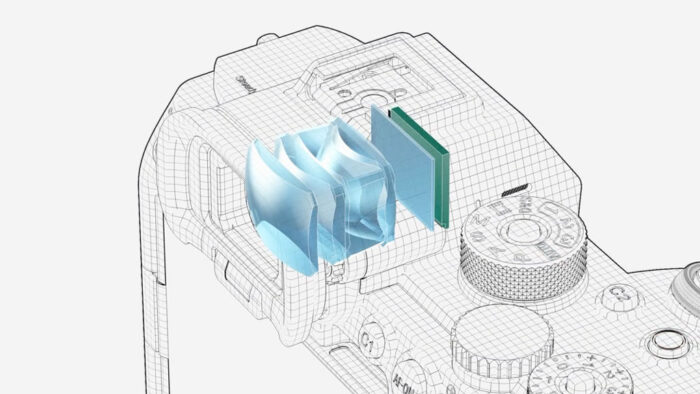
Speaking of the rear monitor, they both have a vari-angle mechanism, but the S model has more resolution: 1.44M vs 1.04M dots.
You will find touch sensitivity, but the ZV model is more advanced: there are automatic modes like My Image Style designed to simplify settings such as white balance and exposure compensation (called colour and brightness), and they can be changed directly via the touch screen.
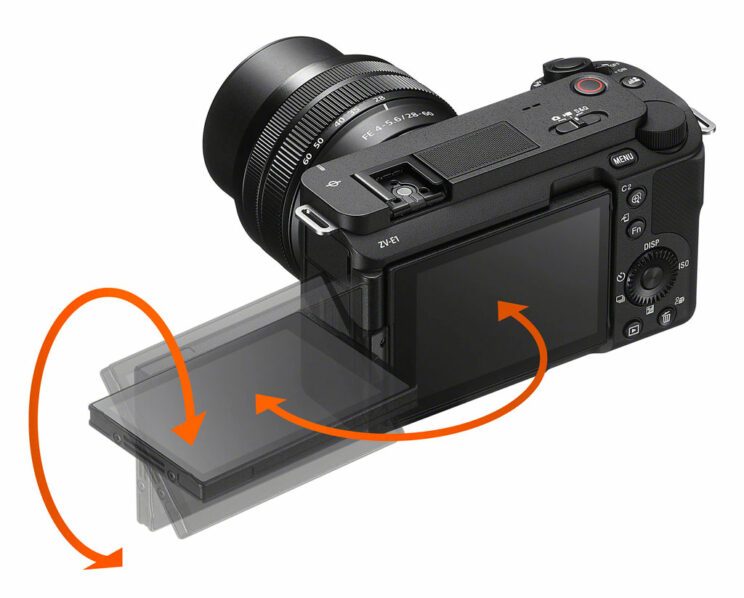
2. Body Design
The ZV-E1 is more compact than the A7S III, also helped by the lack of an EVF protruding on top. It is lighter and doesn’t have the same build quality as the A7S III, but still comes with dust and moisture resistance.
- ZV-E1: 121.0 x 71.9 x 54.3 mm, 483g
- A7S III: 128.9 x 96.9 x 80.8mm, 699g
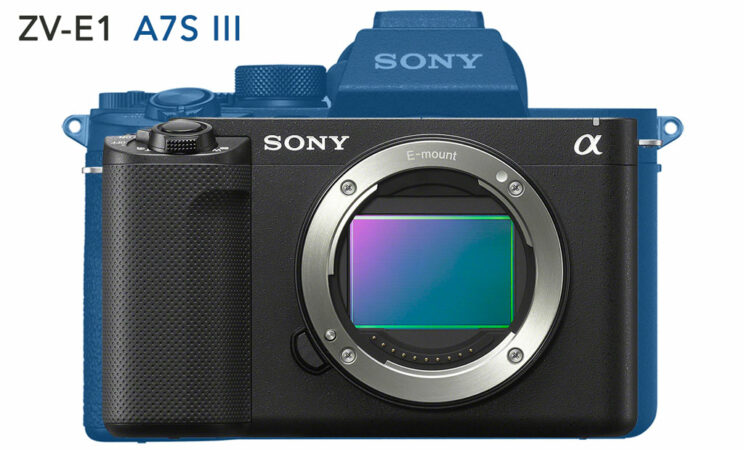
The S model offers more physical controls: one extra dial to control exposure settings, and the AF joystick on the rear, just to name a few.
One nice thing you’ll find on the ZV-E1 is the tally lamp on the front, which warns you when the camera is recording, a useful thing when doing solo v-logging for example.

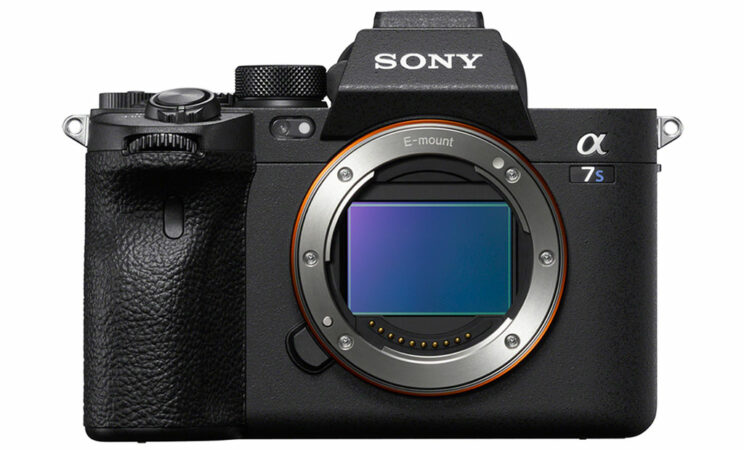
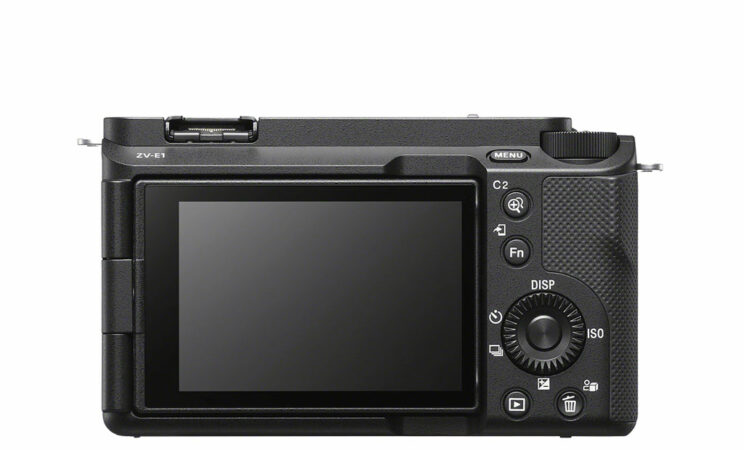
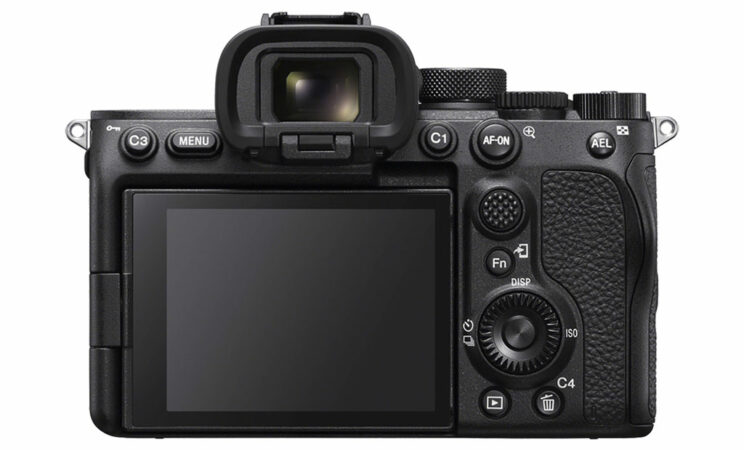
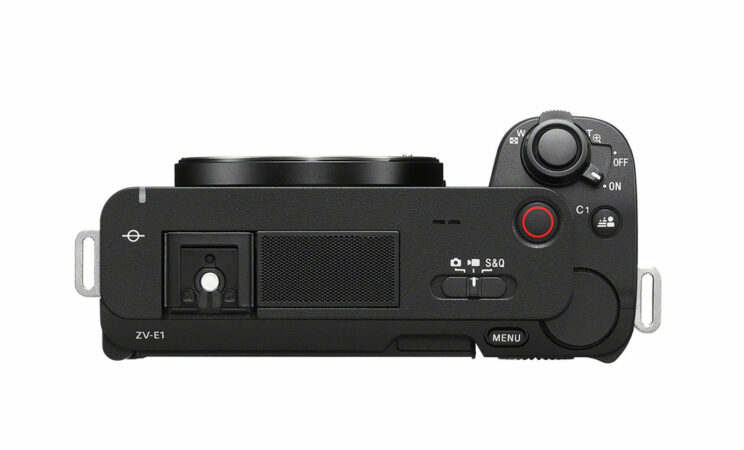
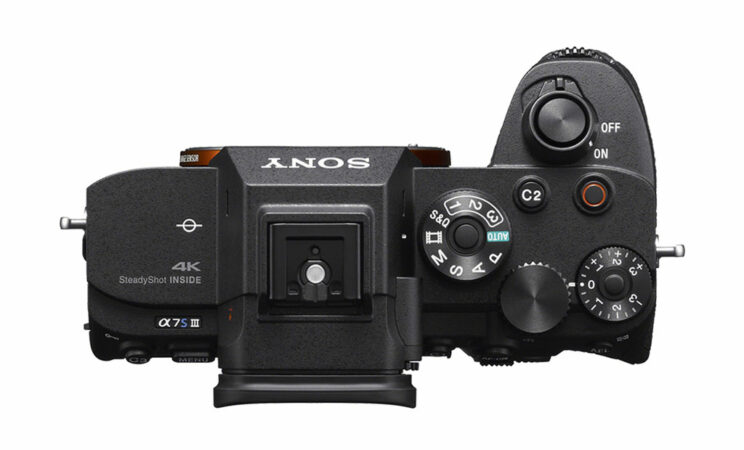
Looking at the connection ports, they both have 5Gbps USB C, audio input and output (3.5mm jack), as well as digital audio (24-bit ,4 channels) via the multi-interface shoe.
There is also an HDMI port: full sized on the A7S III, and Micro Type D size on the ZV-E1.
Finally, when it comes to the battery, the two cameras use the same type (NP-FZ100) and have a similar rating for still photos (570 frames per charge on the ZV model, 600 frames per charge on the S model). When recording video, the ZV-E1 should be able to go on for a bit longer, at least based on the official specifications (140 min vs 135 min). Both can be charged or powered via USB.
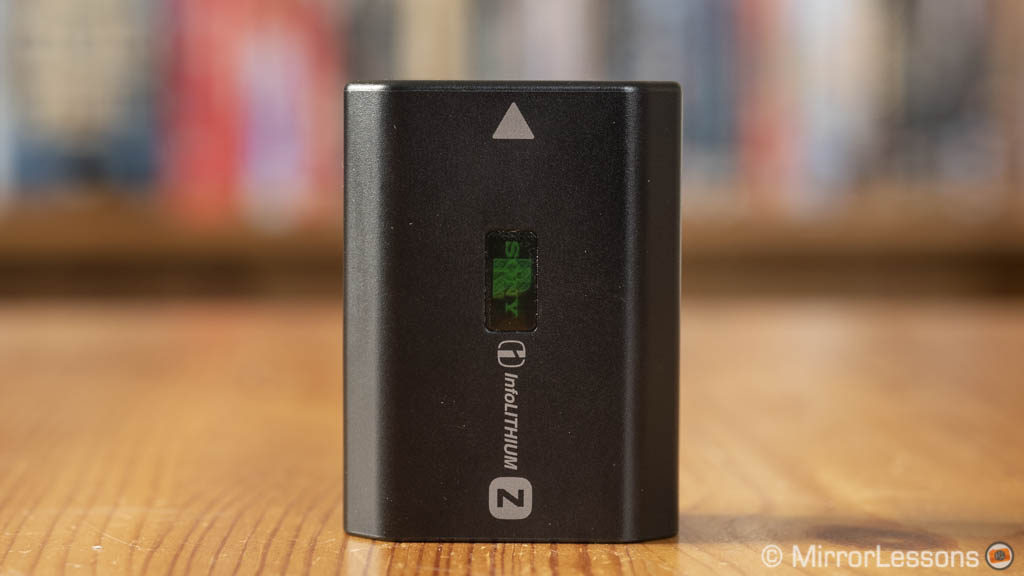
3. Heat Management
The ZV-E1 and A7S III have amazing video specifications, but there is one difference that shouldn’t be underestimated: the S model is larger and includes a heat dissipation structure to help the camera cope with high temperatures when recording 4K for a long time. It uses a Σ (sigma) shaped graphite-alloy heatsink, which is built into the stabilisation unit and helps the sensor to dissipate heat more effectively.

The smaller ZV-E1 will most likely struggle more when working in warm environments. Gordon Laing (Camera Labs) managed to record 52 minutes in 4K 50p which is certainly a promising result, but the A7S III would have certainly recorded for longer.
4. Cards
The ZV-E1 can be used with one card only. There is a dedicated slot on the side, compatible with SD UHS-II.
The A7S III has a dual card system, and each slot is hybrid: you can insert either a UHS-II SD card or a CFexpress Type A card. The latter has a faster writing and reading speed, and is required with certain settings such as All-Intra 4K 120p.
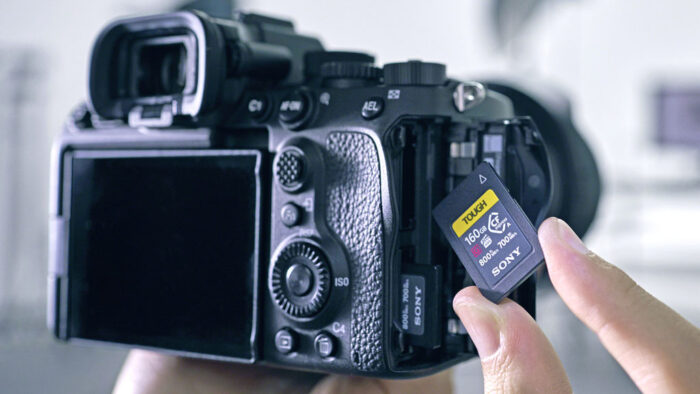
5. Autofocus
The two cameras have an advanced autofocus system with phase detection (759 points) and contrast detection (425 points). The low light sensitivity is -6EV (ISO 100, f/2).
Another point of comparison is the advanced software capabilies: they both feature real-time tracking, and they can recognise humans and animals, but the ZV-E1 goes a few steps further.
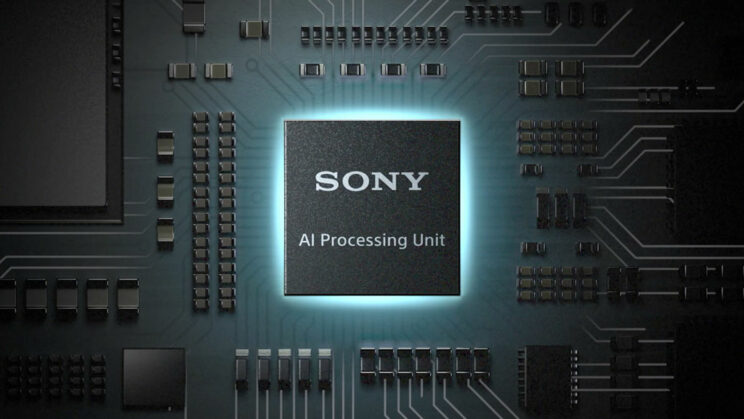
First, it inherits the latest technology Sony released with the A7R V. It has a dedicated AI processing unit and can recognise subjects more in-depth. For example, whereas the S model only detects the face and eyes of humans, the ZV-E1 also recognises the body and head in different poses.
For non-human subjects, the ZV model can also detect birds, insects, cars, trains and airplanes.
6. Auto Intelligent Modes
The AI unit added to the ZV-E1 is not limited solely to the autofocus. Sony has added a series of automated modes to make the work of solo operators easier for those just starting out. Let’s see a few examples.
If you’re filming one person, and a second enters the shot, the camera can automatically adjust the aperture to ensure both subjects are sharp, which is useful if they are not at the same distance from the camera.

Then we have a new setting called Auto Framing. When enabled, the camera will crop the sensor and adjust the composition automatically to keep the subject at the center while he or she is moving, something that would otherwise require a second person behind the camera panning and zooming accordingly.

There are other things, such as the built-in microphone that will adjust automatically if a person speaks in front of or behind the camera, and the Product Showcase mode where the ZV-E1 moves focus to an object when it is placed in front of the presenter.
Note: some of these features, like Auto Framing, involve cropping the sensor. What you need to know is that the ZV-E1 records from a region of 4.2K, when using the entire width, so not much more than the 4K output. Cropping the sensor implies recording at a lower resolution and then upscaling to 4K during output. Depending on the level of the crop, the upscale might be significant and that can translate into a loss of sharpness.
7. Image Stabilisation
Both cameras feature in-body image stabilisation. The A7S III has a slightly higher rating of 5.5 stops, versus 5 stops on the ZV-E1.
For video, there are a few things in common: the Active mode (electronic stabilisation, 1.1x crop), and the Catalyst solution, where you stabilise the footage in post with the Catalyst Desktop softwares which can read the gyro sensor data from the video files.
The ZV-E1 introduces a new option: Dynamic Active. Similar to the normal Active mode, the Dynamic variant crops the sensor further to improve the performance and make the footage more steady. You can also set the camera to keep the subject at the center of the frame automatically, using once again the advanced subject detection capabilities.
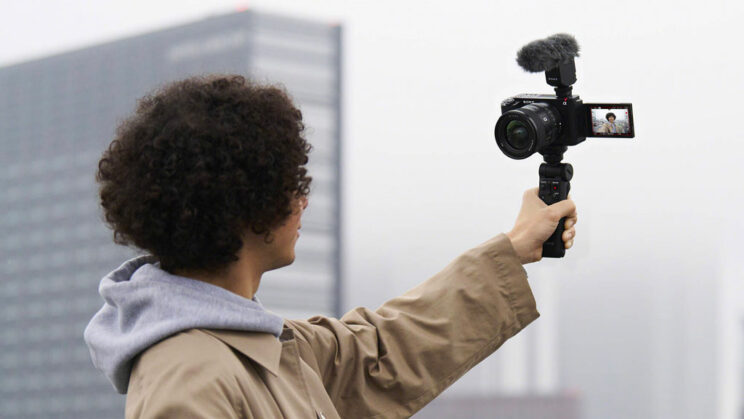
8. Shutter
The A7S series has always been about video first, but Sony always kept the photography functions integral. For example, there is a viewfinder, a full mechanical shutter and all the basic features available on the other A7 models. The resolution of 12MP might not be that attractive to photographers in 2023, but the A7S III remains a fully hybrid camera, capable of handling both photos and video equally.
The ZV-E1 is not the same: it’s video first, with a bit of photography in the backround. A good example is the removal of the mechanical shutter, which means you can only use the electronic version. This is fine for silent shooting, as well as general photography outdoors that doesn’t involve fast moving subjects but, unlike the A7S III, you can revert back to the mechanical shutter to remove distortion (rolling shutter) or flickering with certain artificial lights. The flash sync speed is slower too (1/30s vs 1/250s).
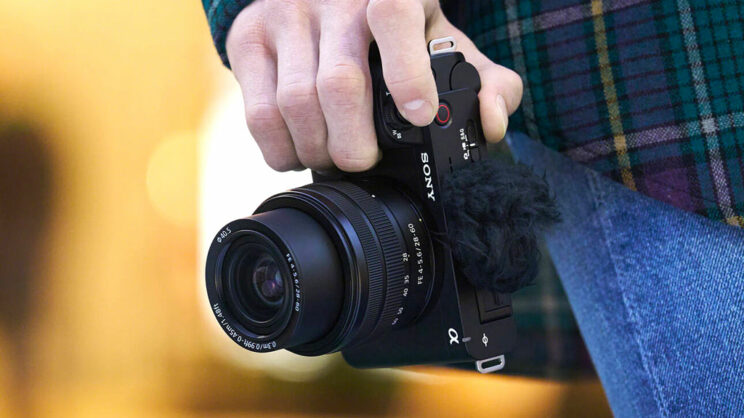
9. Extra Features
The ZV-E1, being more recent, offers a few extra features not available on the more expensive A7S III.
One of them is Breathing Compensation: it only works with select lenses, but allows video-makers to eliminate the small change in field of view (like a zoom effect) when changing focus point from short to infinity, a characteristic found on many photography lenses. Honestly, I don’t really understand why such a useful feature has not been made available on the A7S model via firmware update.
There is a CineVlog mode that sets recording to 24p and adds black bars to the top and bottom to mimic the 2.35:1 “cinematic” widescreen aspect ratio. It also selects the S-Cinetone profile, to which you can add a series of looks to change the colour and contrast of your image.
Another neat thing on the ZV-E1 is the possibility of using the camera as a webcam to stream video and audio without the need for extra software or plugins, just the USB cable.
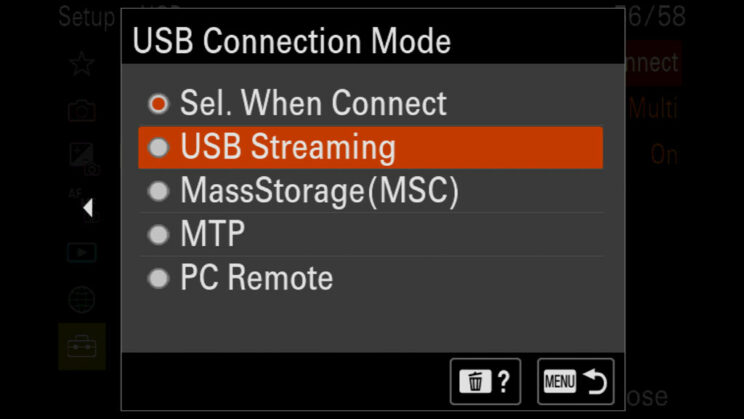
One thing you will only find on the A7S III model, is the possibility of outputting 16-bit RAW video (up to 60p) via the HDMI port. You can then use an external recorder like the Atomos Ninja V to record the absolute best quality the camera has to offer.
10. Price
The ZV-E1 was introduced with a retail price of $2200, £2350 or €2700.
The A7S III is more expensive and can be found for $3500, £3550 or €4200.
Prices are as of early April 2023, for the body only.
ZV-E1 vs A7 IV
ZV-E1 vs A7S III
Conclusion
The difference in price is the easiest way to choose one camera over the other, and obviously the ZV-E1 has a big advantage here: it’s more affordable but inherits the same sensor and high-end video specifications of the S model. It’s a “baby A7S III”. It also has new automatic modes designed for solo travellers and V-Loggers, and some of them look very handy, especially if you are just beginning your filmmaking journey.
So the two questions are: where does the S model give you a substantial advantage, and is worth the extra money?
To me there are two main things to consider: A) the A7S III should have a superior build quality and is better designed to manage internal heat during long recording sessions, and B) it’s also a photo camera, with a (state of the art) viewfinder, a machanical shutter and all the things you would expect to see from such a product. It may have “only 12MP”, but it is a very capable stills camera nonetheless.
Reminder: the links below are affiliate links. If you decided to buy something after clicking the link, we will receive a small commission.
Check price of the Sony ZV-E1 on
B&H Photo
